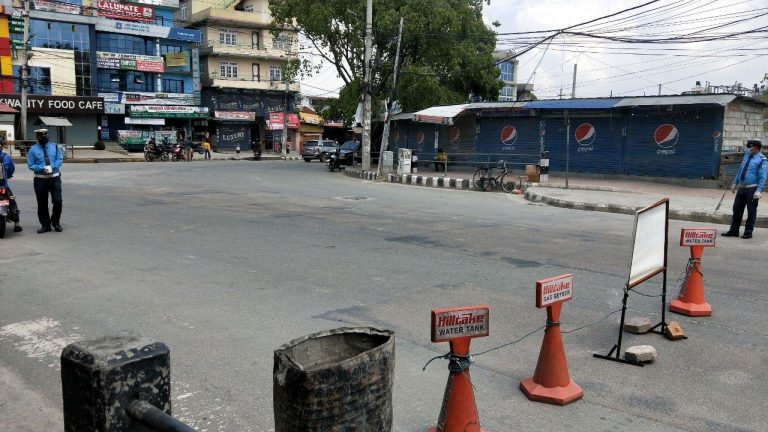
In 2019, 1.3 million people called Kathmandu their home – of these, many are residents, many have migrated for either work or education. The 1.3 million account for making Kathmandu Valley the most densely populated urban region of Nepal.
Hosting that much amount of people, it was only natural for the government to worry about a community outbreak of Covid-19 in the valley. However, no matter the restrictions, it was only a matter of time before Kathmandu Valley would declare a crisis.
That crisis has arrived – Kathmandu Valley has continuously posted more than 100 cases since the past 15 days, with the number peaking at 232 new cases on Tuesday.
With a prohibitory order, shutdown, lockdown, whatever we wish to call it in effect – we can expect a decline in numbers in the coming days, however, experts on the matter are of the opinion that more needs to be done.
“In addition to the shutdown, the government needs to expand contact tracing and testing”, according to several public health experts.
Number of COVID-19 cases reached 3,702 in the Valley on Tuesday. Of them, Kathmandu has 2,955 infected, Lalitpur 463 and Bhaktapur 300. And all the infections are active cases.
According to Dr. Basudev Pandey, Chief of Infectious Disease Control Division, “about 9,000 of those who have come in close contact with infected patients have been traced so far”. However, according to Kathmandu Metropolis pokesperson Dangol, “only a third of the traced have been identified and a few of them have stayed in quarantine.
“Besides contact tracing, the government also needs to ramp up the amount of tests done inside Kathmandu Valley. Only with widespread testing, will we be able to identify the extent of community transmission”, as per Karki, a health worker who works at KMC Hospital in Sinamangal.





